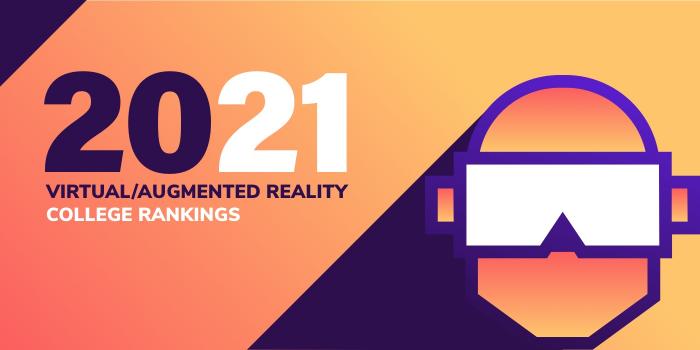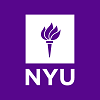Massachusetts Institute of Technology (MIT) houses several centers, colleges, and departments that offer programs for individuals interested in establishing a career in Augmented & Virtual Reality (AR/VR). Incorporated in 1861 and serving more than 11,500 students, the school is also home to a number of additional centers and labs designed to support AR/VR projects, innovation, and research.
The Schwarzman College of Computing at MIT houses the Center for Computational Science and Engineering (CCSE) and the Department of Electrical Engineering and Computer Science (EECS). The CCSE offers an MS degree known as the Computational Science and Engineering SM Program (CSE SM). This interdisciplinary pathway “prepares students with a common core of computational methods that serve all science and engineering disciplines, and an elective component that focuses on particular applications,” says the school. Hand’s on projects and access to MITs many centers and labs are major components of the CSE SM program.
The CCSE also has a CSE PhD program, offered jointly with eight participating departments. The program focuses on the “development of new computational methods relevant to science and engineering disciplines.” Students in the program have the opportunity to “specialize in a computation-related field of their choice through coursework and a doctoral thesis. The specialization in computational science and engineering is highlighted by specially crafted thesis fields.”
The Department of EECS at MIT says its “rigorous and innovative curriculum,” is “now composed of three overlapping sub-units in electrical engineering (EE), computer science (CS), and artificial intelligence (AI) and decision-making (AI+D).” Known as Course 6, the curriculum is a joint venture between the Schwarzman College of Computing and the School of Engineering. AR/VR related programs offered include a BS in Computation and Cognition, a Minor in Computer Science (72 units), and PhD’s in Computer Science, and Computer science and Engineering. The PhD degree is awarded interchangeably with the Doctor of Science (ScD).
The largest undergraduate program at MIT, EECS offers intensive hands-on coursework and opportunities to engage in independent study or research for academic credit. Students in the BS program can expect to take courses such as Artificial Intelligence: Introduction to Machine Learning, Machine Vision, Mobile and Sensor Computing, and Software Studio.
MIT labs and centers include the MIT Center for Advanced Virtuality, MIT Media Lab, and MIT.nano Immersion Lab.
The MIT Center for Advanced Virtuality “pioneers innovation with technologies of virtuality including XR (VR, AR, MR, etc.), videogames, social media, and new forms unanticipated by these platforms. The center, which brings together students, experts, and resources, serves as a studio and a laboratory to support creative projects and research ventures.
Founded in 1985, the MIT Media Lab is an interdisciplinary research organization that allows students, faculty, and researchers to work together on hundreds of projects across disciplines such as social robotics, physical and cognitive prostheses, new models and tools for learning, community bioengineering, models for sustainable cities, and more. The Lab also houses the graduate degree program in Media Arts and Sciences (MAS).
The MIT.nano Immersion Lab connects “scientists and engineers with artists, musicians, and performers through creative projects that bridge multiple disciplines.” Activities include “visualizing data, prototyping advanced tools for augmented and virtual reality (AR/VR), and developing new software and hardware concepts for immersive experiences.”
The Lab also produces the monthly seminar series—IMMERSED. The series is a “mixture of lectures, demonstrations, and tutorials that explore how immersive technology and new modalities for manipulating and understanding data are shaping innovations across science, engineering, and art.”
MIT graduates go on to work in a variety of sectors including Information and Technology, Government, Professional, Scientific, and Technical Services, and many others. Some of the top employers of MIT graduates include Amazon, Apple, Aurora Flight Sciences, Boeing, Facebook, Google, IBM, Microsoft, and the U.S. Air Force.












